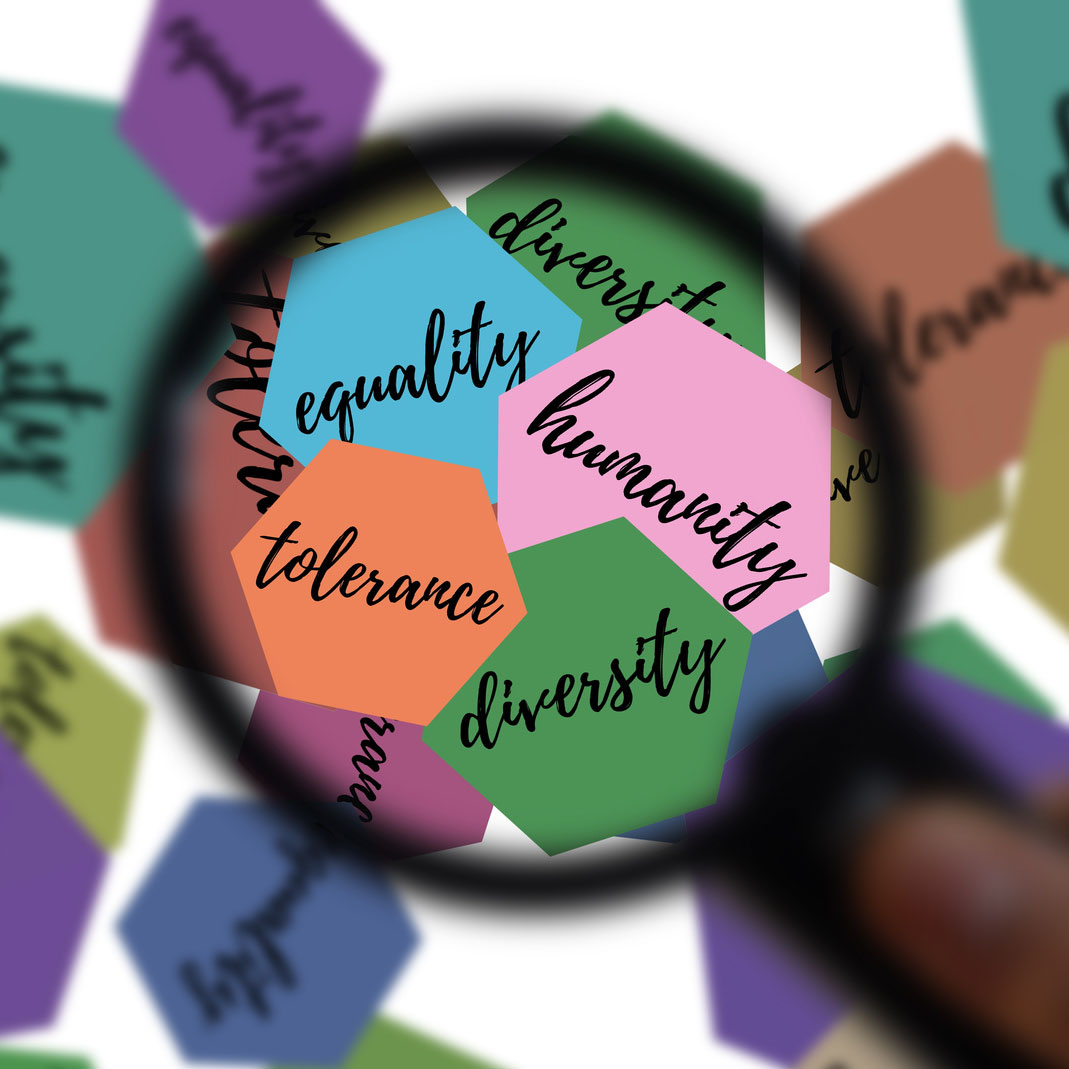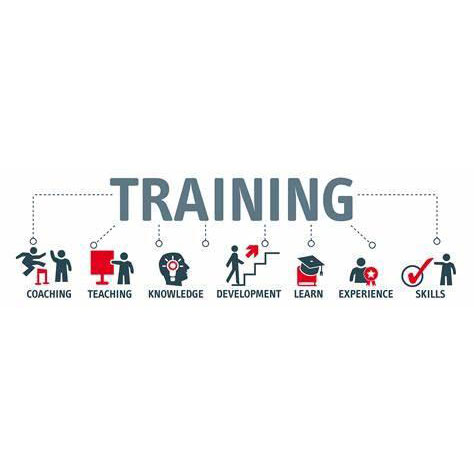1. Transnational Desk Research
It can be challenging, for schoolteachers and other operators in schools, to know how best to individuate and handle suicide risk in adolescent students. Teenagers are often silent and separate themselves from the world of adults and adult “authorities” (like teachers, or parents, can show to be), and that can be aggravated as the issues that these students face directly impact their social interactions besides affecting school learning and achievements. So, often teachers feel under-prepared and under-equipped to provide the necessary support for this kind of student. In order to effectively design and carry out comprehension, support and education, they need to understand the disease that affects these students, and to be aware of psychological and educational strategies that can be utilized to reach who is experiencing these issues.
With regard to this situation, the research staff of the partners has carried out an articulated desk research, within the European circle and beyond, to study the phenomenon of suicide risk and analyze the bibliographic sources that reveal the most relevant theoretical and epidemiological bases, which allow designing intervention programs with educational strategies, for the adolescents themselves as a target group, and for all those professionals who are related to young people in their different fields – educational, social and health – to which they have access.
The research has been conducted through the use of Information and Communication Technology (ICT) on the existing scientific literature, entirely available in digital format (green practices). The research report has been produced in English and translated in Spanish and Italian.
HOW THE TRANSNATIONAL DESK RESEARCH IS GOING TO HELP TO REACH THE PROJECT OBJECTIVES?
The implementation of the desk research has been a preliminary and fundamental step in the developing of the Hands project.
Scholars and researchers all over the world and scientific literature about the phenomenon increase year after year: all results show that suicide risk in adolescent students is associated with behavioral alterations and antisocial relationships that can derive from problems of domestic violence suffered since childhood. But what happens when the adolescent has social resources and healthy family support, and it does not match this type of personality profile? Defining the profile of the adolescent at risk allows us to design interventions to reinforce their self-esteem, with the intention of offering them resources that can help to overcome the difficult moments they are passing through.
The research has been drafted in an accurate but smooth language, in order to fulfil two different objectives:
- to represent the knowledge basis for the planning and implementation of the e-training toolkit (see Activity 2);
- to serve as means of deepening for schoolteachers and managers, school psychologists and health professionals in the circle of school education (see Activity 3), and the general public interested in knowing and getting awareness around the phenomenon (see Impact and Follow-up of the project).

This project has been funded with support from the European Commission. This website reflects the views only of the author, and the Commission cannot be held responsible for any use which may be made of the information contained therein.




